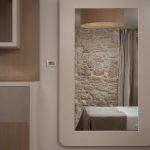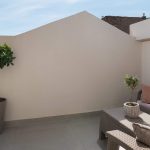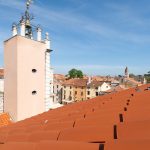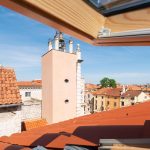Accommodation
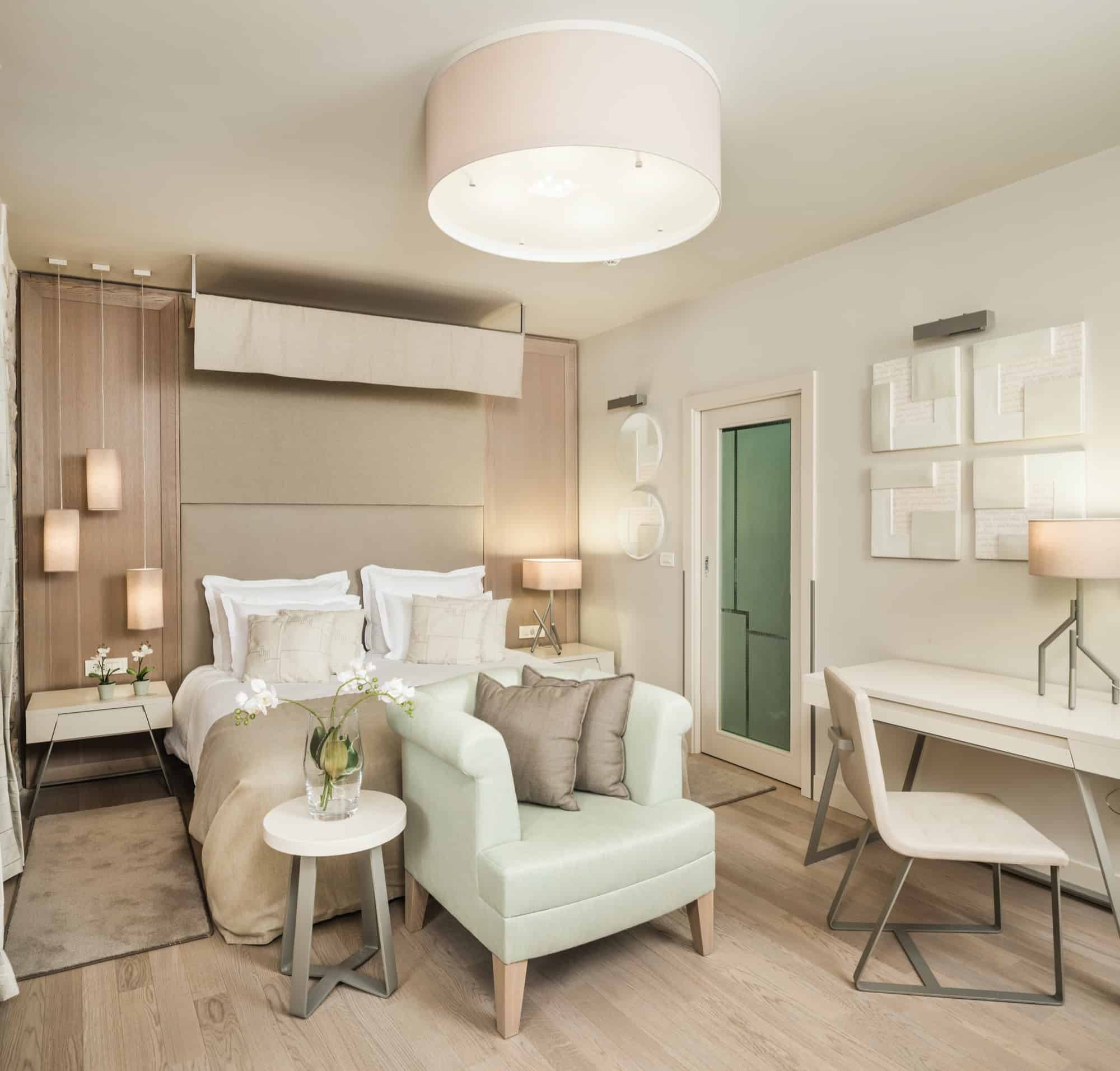
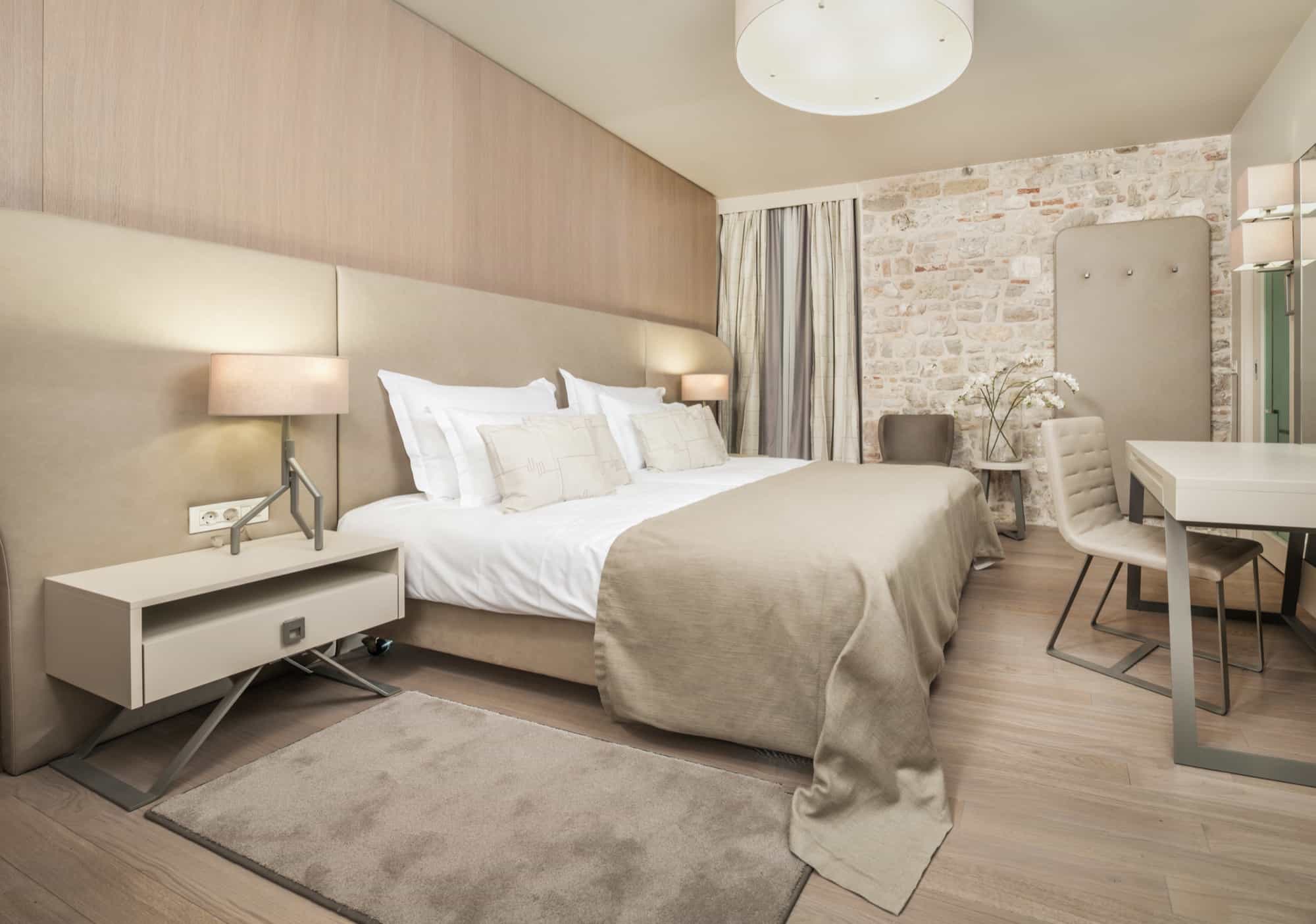
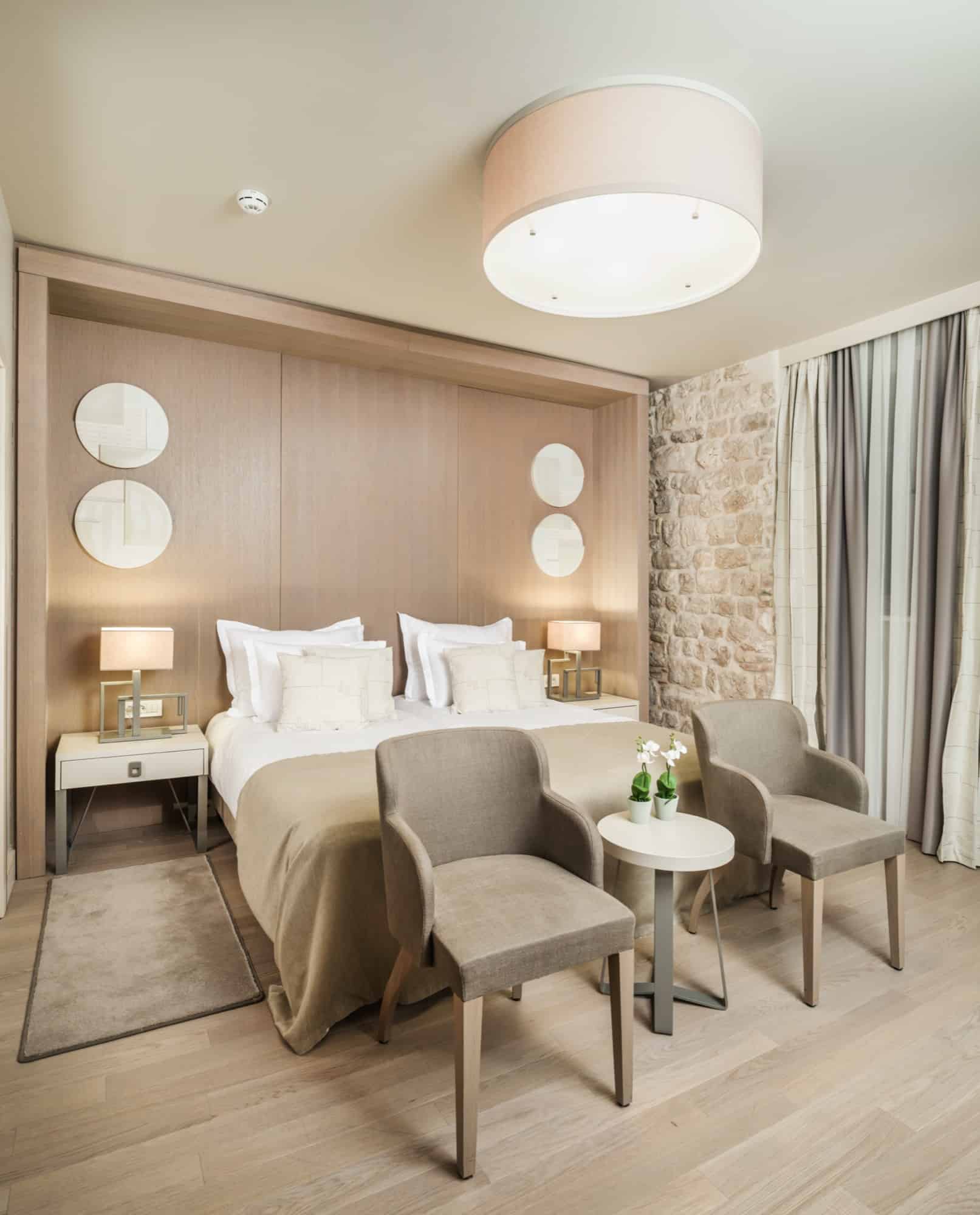
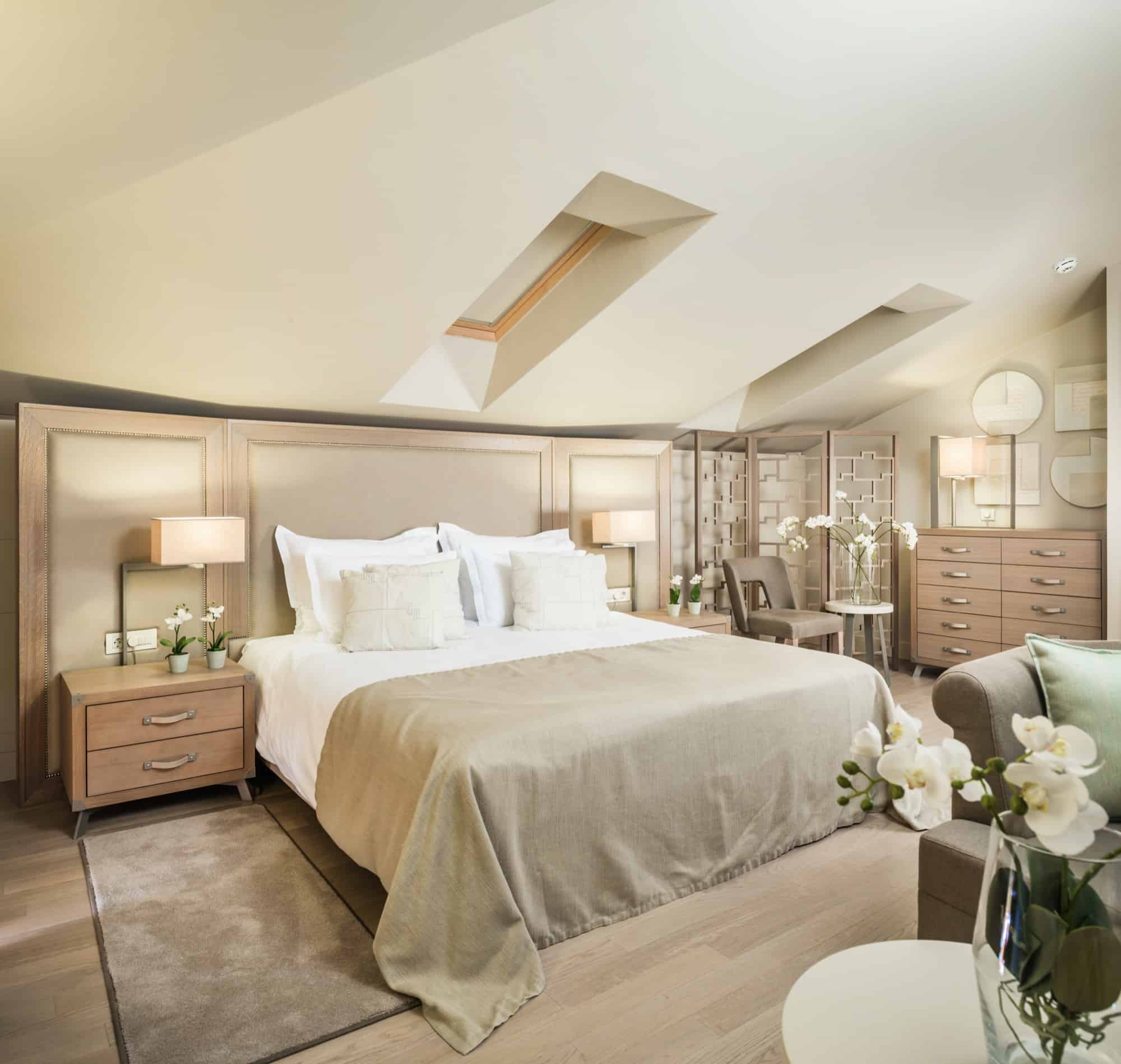




TRACES IN STONE
A street of theatrical art!
Dear traveller and seeker! In this city all the arts are respected and cultivated. These city streets are themselves a theatre, an eternal theatre and form part of a mediterranean inheritance: and it is a theatre that cannot be replaced by those that display grand wealth in both construction and design, nor by luxurious lodges of silk and velvet, nor by those with golden and ostentatious ornaments. Here the real theatre begins after the theatre closes its doors.
The city is a theatre of its own will and passion.
TRACES IN STONE
A street of theatrical art!
Dear traveller and seeker! In this city all the arts are respected and cultivated. These city streets are themselves a theatre, an eternal theatre and form part of a mediterranean inheritance: and it is a theatre that cannot be replaced by those that display grand wealth in both construction and design, nor by luxurious lodges of silk and velvet, nor by those with golden and ostentatious ornaments. Here the real theatre begins after the theatre closes its doors.
The city is a theatre of its own will and passion.
Room amenities
- 1 King bed (180×200) + pull out sofa bed, 29 sqm
- CITY view
- Handmade wooden furniture and polished oak floor creating a warm and romantic atmosphere
- En – suite bathroom with walk – in shower – Some rooms with bath – Hairdryer – Bathrobes and slippers – Organic toiletries
- Complimentary WiFi – Satellite television – Direct dial phone number
- Air conditioning and heating – Safe
- Minibar – Tea and coffee facilities
- Extra bed is possible with surcharge
THE STORY BEHIND STREET OF THEATRICAL ART
Rooms 101, 201 & 301
"In Zadar, the theater is not only visited out of custom or habit, but out of passion."
The magnificent New Theater was built at the western end of Kalelarga, between the Theater Passage and Three Wells Square, and after Verdi’s death it was named Teatro Verdi.
A magnificent building with an imposing facade, it was a reflection of the splend or, wealth and power of the young middle class.
In the foundations of the Teatro Verdi, which no longer exists today, stood an even older theater – the Teatro Nobile, on whose stage the actress made her acting “debut”, then still a little girl, whose footprints still echo on the sidewalks of this city. A girl who will grow up to be a diva, the greatest diva of the world theater of the 20th century. The girl’s name was Eleonora Duse. The little girl received one lira for each evening for performances in her father’s troupe.
The original receipts for those first fees are still kept in her museum in Asol.
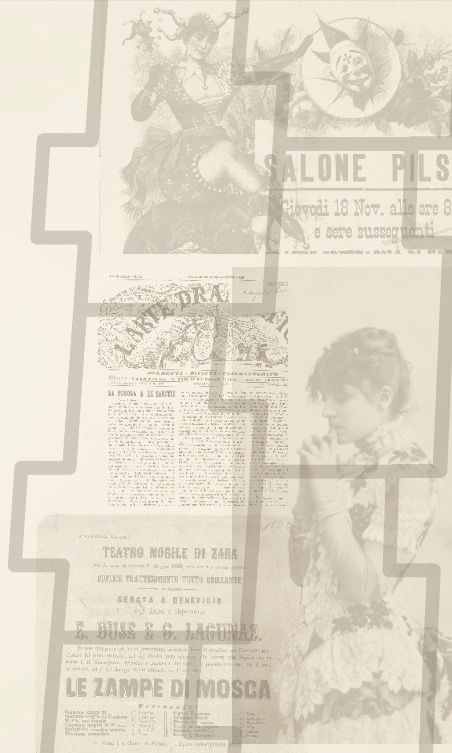
TRACES OF WAYS OF LIFE
Street of squares and cafes!
One finds its hard to resist the allure to gather around city squares and coffeehouses: to see and be seen. The history of Zadar’s city squares and coffeehouses is a story of its own. There is no larger and more living catwalk to be found anywhere in the world as one will find on the Kalelarga. From the Kolona to the Kampo Kaštelo one will find 636 m of pure adrenaline: dare to walk if you’re unwilling to be „inspected“. Always bear in mind: the world may forget, but the Kalelarga will always remember.
Room amenities
- Twin beds ( 90×200 ), 23sqm
- CITY view
- Handmade wooden furniture – Stone wall – Polished oak floor creating a warm and romantic atmosphere
- En – suite bathroom with walk – in shower – Hairdryer – Bathrobes and slippers – Organic toiletries
- Complimentary WiFi – Satellite television – Direct dial phone number
- Air conditioning and heating – Safe
- Minibar – Tea and coffee facilities
- No extra bed possible
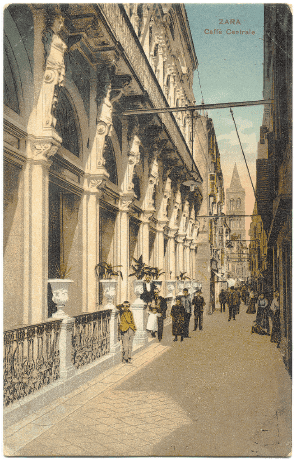
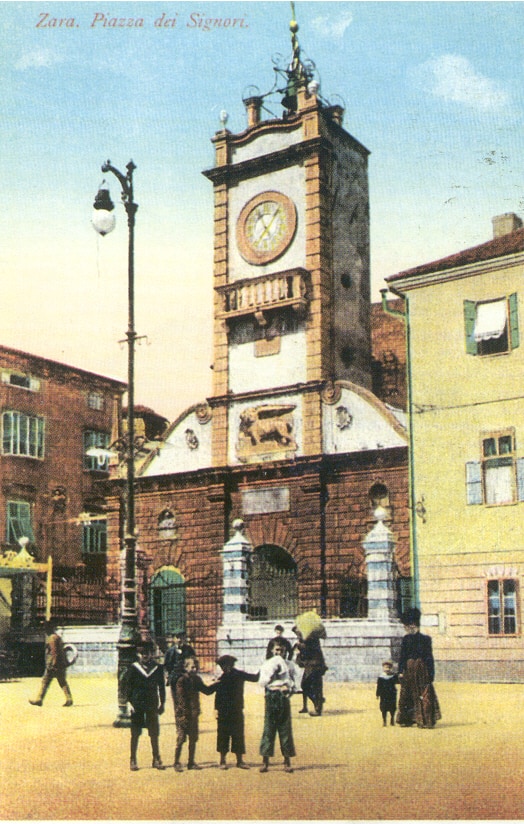
The story behind
ROOMS 102, 202 & 302
Street of squares and cafes!
Coffeehouses and cafés have naturally followed the Mediterranean culture of gatherings in squares, public spaces for socializing, trade and politics since the time of the Greek agora and the Roman forum.
Zadar’s cafes have a long tradition. The most famous ones that wrote the most beautiful pages of Zadar’s social life: Kavana Ogledala. Caffé Lloyd, Caffé Cosmacendi… have disappeared behind the dark partitions of time. However, the “cafe of cafes” in Zadar was t he “Central” cafe, ten meters away from our hotel.
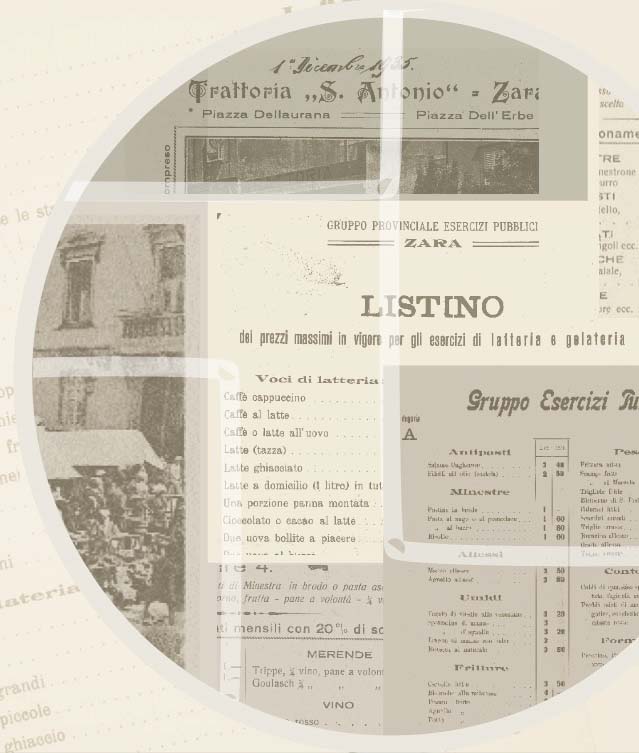
The story behind
STREET OF SQUARES AND CAFES
Rooms 102, 202 & 302
Coffeehouses and cafés have naturally followed the Mediterranean culture of gatherings in squares, public spaces for socializing, trade and politics since the time of the Greek agora and the Roman forum.
Zadar’s cafes have a long tradition. The most famous ones that wrote the most beautiful pages of Zadar’s social life: Kavana Ogledala. Caffé Lloyd, Caffé Cosmacendi… have disappeared behind the dark partitions of time. However, the “cafe of cafes” in Zadar was the “Central” cafe, ten meters away from our hotel.
TRACES on paper
The Street of written word!
Sometimes it is difficult to describe the indescribable. No matter how hard we try and attempt some trick of mind directed at the world and the city we will fail. Our efforts with pen in hand are of no avail. Besides, on this street, older than the city itself, the written word is even older: in stone, in clay, on skin and paper, words sacred and the profane, words in archaic and latin script, poeticisms, words of love, loss and sadness, words of the impoverished and enslaved, the words of the peasants from the heartlands, the words of islanders, words in various dialects, all these words are always sweet and homely.
The Kalelarga is a mouth full of words.
Room amenities
- Twin beds ( 90×200 ) + pull out sofa bed, 24sqm
- City view
- Handmade wooden furniture and polished teak floor creating a warm and romantic atmosphere
- En – suite bathroom with bath – Hairdryer – Bathrobes and slippers – Organic toiletries
- Complimentary WiFi – Satellite television – Direct dial phone number
- Air conditioning and heating – Safe
- Minibar – Tea and coffee facilities
- No extra bed possible
THE STORY BEHIND ROOMS 103, 203 & 303
STREET OF WRITTEN WORD
It was written even when it was not allowed to be written!
At the time when the city of Zadar was under French administration, Emperor Napoleon made the decision to print the bilingual newspaper “11 Regio Dalmata – Kraglski Dalmatin”. From the first issue printed on July 12, 1806, in the printing house of Anton Luigi Battara in Zadar, the newspaper was published as a bilingual weekly newspaper. Despite various administrations over the city (France, Austria, Italy), the Croatian language finally triumphed as an ineradicable issue of national identity.
More than four hundred years ago, at the end of the 16th century, in the embrace of patriotism, the first Croatian novel “Mountains”, by Petar Zoranić, (author from Zadar), was published in Venice in 1569, after the writer’s death.
Žarko Ivković
Angel Suite
TRACES OF THE WIND
Every wind leaves its trace: sometimes during the pulses of the jugo we can hear voices, prayers and cries, the wily bura purifies, cle ars the sky, writes and erases: a clarity in the sky and a clarity within the people of this city: and during maestral we send letters of love to eyes both dark and dear… In the heavens above this city and the eyes of angel sees all… And as the poet says: „One cannot pass through me without a trace“, so one cannot pass through this town without a trace.
As your “home away from home,” the boutique hotel rooms offer a flat screen TV, air conditioning,
and a minibar, and getting online is easy, with free wifi available.
Apartment amenities
- 1 King bed 180X200, 40 sqm + cca 6 sqm (terrace)
- Terrace – terrace furniture – City view
- Work desk – Handmade wooden furniture and polished oak floor creating a warm and romantic atmosphere
- En – suite bathroom with bath – Hairdryer – Bathrobes and slippers – Organic toiletries
- Complimentary WiFi – Satellite television – Direct dial phone number
- Air conditioning and heating – Safe
- Minibar – Tea and coffee facilities
- No extra bed possible – Sofa bed suitable for 1 adult or 2 children up to 12 years old – 3 Persons maximum
The story behind
Angel Suite
Zadar - city of winds
Angel on top of the bell tower of St. Anastasia is the highest point to which the people of Zadar look up in order to know which wind is blowing.
The city of Zadar is at the sea and close to the mountains, the winds determine our daily life and sometimes even our moods. The most prominent winds are:
- bura – NE – (SI) – the strongest wind of the Adriatic, blowing over land via the mountains toward the sea, often in sudden bursts with changes of direction
- jugo – SE – (JI) – known as the sirocco, a wind from the southeast often bringing rain and and biometerological conditions that cause discomfort
- maestral – NW – (SZ) – a pleasant summer wind that most often makes its appearance on summer afternoons when the weather is good, bringing with ith it some coolness when the days are hot
- tramontana – N – (S) – a cold wind like the bura but more stable
Art Hotel Kalelarga is an excellent choice for travellers visiting Zadar, offering a quaint e nvironment alongside many helpful amenities designed to enhance your stay.
Guests have access to 24 hour front desk, a concierge, and room service while staying at Art Hotel Kalelarga. In addition, Art Hotel Kalelarga offers free breakfast, which will help make your Zadar trip additionally gratifying.
Traces of our guests
You won't find a more clean, comfortable, more friendly staff, excellent huge breakfast, fantastic location, anywhere else in the centre of the old town. I happened on it by accident and was delighted they had a room for 3 nights. I even got a discount. Can't recommend his hotel more highly. Just lovely
Colin M
We stayed here in October 2022. The hotel is nicely decorated and it is in a good location. There are many restaurants and historic buildings/structures/parks nearby. The breakfast was really good too.
Garit 32
We had a wonderful stay and can highly recommend. The hotel’s location is perfect. Right near the main gate but very quiet. Our room was spacious, and clean, with very thoughtfully - appointed amenities and great blackout curtains and a beautiful breakfast. Marco at the front desk was extremely helpful, welcoming, kind and thoughtful. We appreciated all his help and advice. If you are coming to Zadar, stay here. You will be glad you did.
Susan YB

















